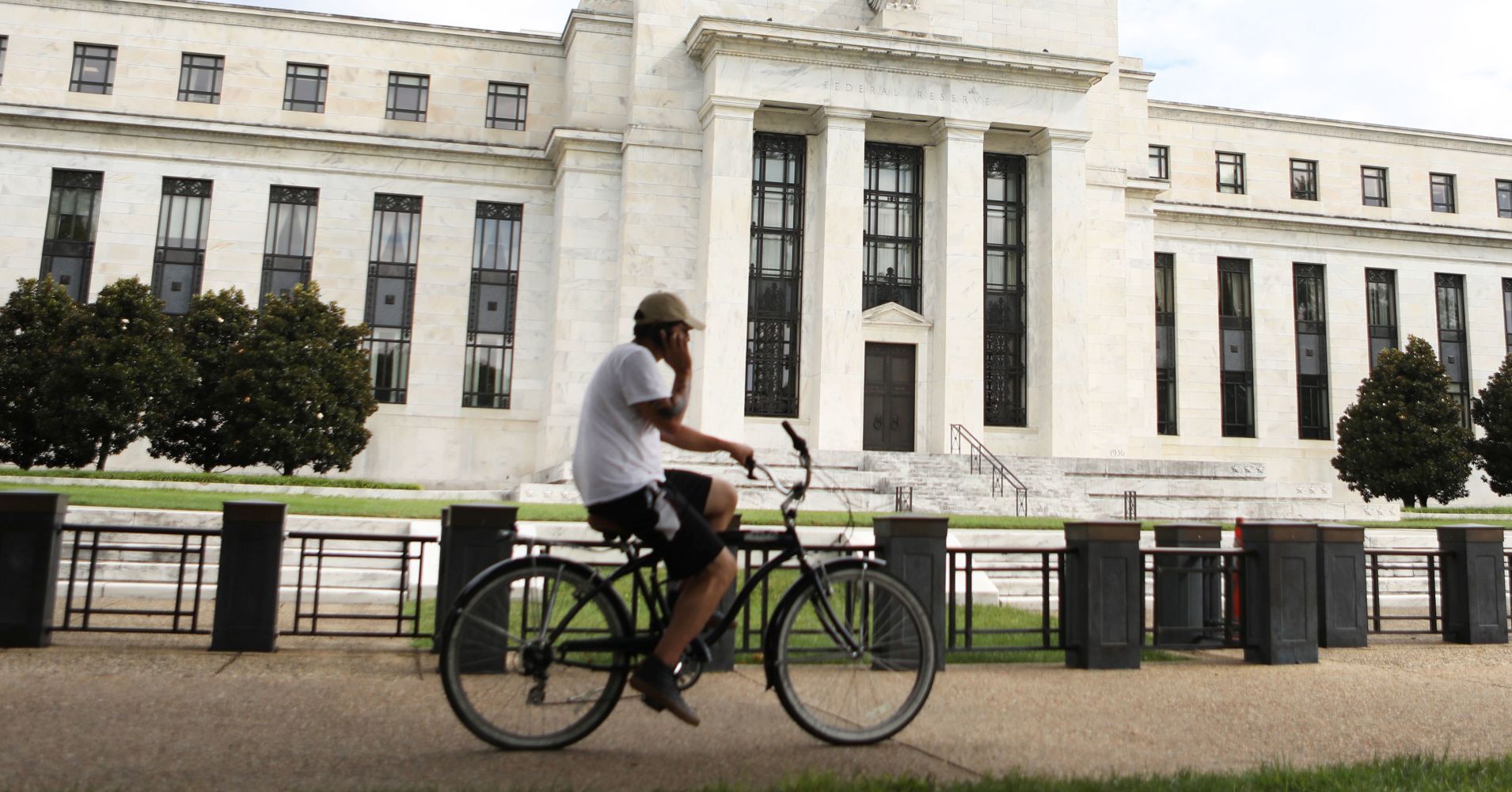When the Federal Reserve gathers next week, markets likely will be looking past a widely expected rate hike and toward the direction the central bank will chart ahead.
A quarter-point increase in the Fed’s benchmark funds rate is already baked in the cake. That will take the funds target to 2 percent to 2.25 percent, where it last was more than 10 years ago.
The mystery for investors will be how officials view the future, particularly at a time when they’ve been making public statements that seem to indicate a difference of opinion over how aggressive policy needs to be as the economy ignites.
For now, the conclusion of most Fedspeak has been a continuation of the steady but gradual pace of rate hikes and a continued unwind of the balance sheet, which is comprised mostly of bonds the central bank purchased during and after the financial crisis to stimulate the economy.
However, members of the Federal Open Market Committee clearly are wrestling with how much more work needs to be done before the rate-hike work is finished.
“The message from this meeting will be continued gradual hikes, with a watchful eye toward risks — to both the upside and downside,” Morgan Stanley economists said in a note.
The upside risks to the economy are that growth will continue and perhaps even defy the skeptics who say the rapid 2018 pace is the result only of temporary fiscal stimulus that won’t last. That upside carries with it the possibility of inflation, both in price pressures and market valuations, that could force the Fed into hiking even more aggressively than the market thinks.
On the downside, there’s the ongoing trade war with China, coupled with worry that global growth could be slowing due in part to central banks like the Fed beginning to normalize policy.
Chairman Jerome Powell will be left to walk a tightrope between those two places, both in the statement the FOMC releases following the meeting and his news conference with reporters afterwards.
“Clearly the trajectory is towards rate normalization,” said Quincy Krosby, chief market strategist at Prudential Financial. “The press conference is going to be important because Chair Powell is pragmatic. He speaks in clear terms and he is going to be asked, ‘Where do you see the neutral rate?'”
That question of the neutral rate is critical as it determines where Fed officials think they need to go to guide an economy that is around full employment and a healthy inflation rate of around 2 percent.
One thing the committee is likely to do is remove a piece of language from the post-meeting statement that’s been there since the monetary stimulus program began in 2008, namely that policy will remain “accommodative.” Fed watchers expect that phrase to leave the statement in favor of more neutral-sounding language.
That’s just one change coming from a new-look Fed that is increasingly made up of members who came on board after the bulk of the crisis-era policies were launched.
The rate increase plus the removal of “accommodative” could be “read either as dovish (the Fed is telling us that rates are closing in on neutral) or hawkish (it is telling us it is carrying on raising rates anyway),” Krishna Guha, head of global policy and central bank strategy for Evercore ISI.
Guah thinks the market temptation will be to read the moves as titling toward dovish, which he sees as a mistake. Recent public statements, particularly by long-time dovish Governor Lael Brainard, are pointing to concerns about inflation and market valuations that will lead to continued rate hikes through at least mid-2019.
That, however, is where things get interesting.
If the majority of economists are correct and economic growth cools heading into 2020, the Fed could have to make an abrupt change in policy. Next week’s meetings will allow officials to give their views on the economy, and investors may adapt their long-term strategist accordingly.
“Investors are increasingly underestimating the scope for rate cuts further ahead,” Andrew Hunter, U.S. economist for Capital Economics, said in a note. The problem, he said, “is with the idea that the Fed will be able to raise interest rates to that level without causing a significant slowdown in economic growth.”
“The fiscal stimulus will provide only a temporary boost to the economy and, as the stimulus fades and monetary tightening starts to take a more serious toll on activity, we continue to expect an economic downturn to force the Fed to back away from further rate hikes and eventually to reverse course,” Hunter added.
Markets had been mispricing Fed intentions for a good part of this year, not believing when officials indicated that four rate hikes were likely. That set up a scenario in which it was the market, not the Fed, that was behind the curve.
Lately, traders in the fed funds futures market have come around, assigning an 87 percent chance to a fourth increase in December, according to the CME. Additional hikes are being priced in for March and June of 2019. After that, it becomes more of a guessing game.
Next week’s meeting is likely to provide an opportunity for markets to make yet another adjustment to the Fed’s thinking.
“You’ve still got this tug-of-war in the market. The key is whether the economy is equipped to keep expanding and keep moving higher,” Prudential’s Krosby said. “This is a very important meeting.”


 Signal2forex.com - Best Forex robots and signals
Signal2forex.com - Best Forex robots and signals




